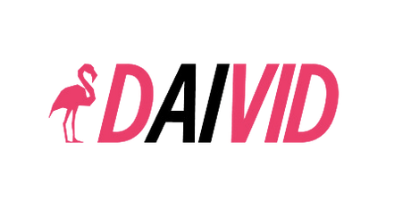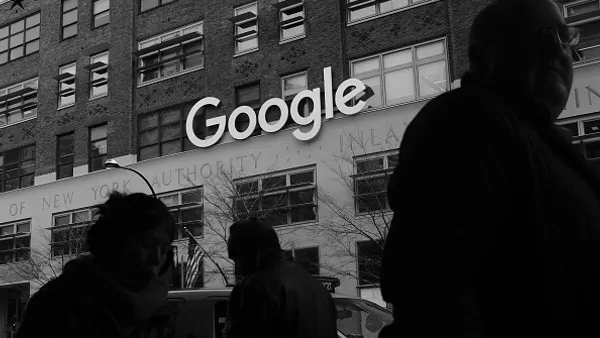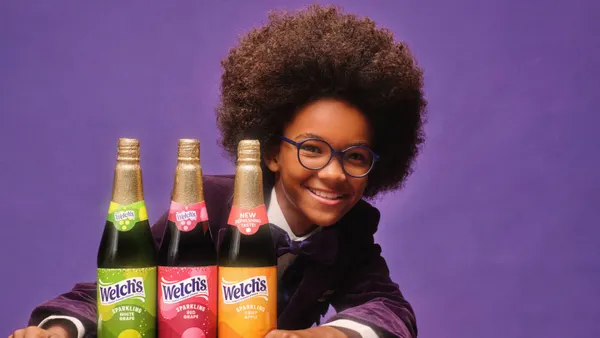Dive Brief:
- Verizon announced yesterday that it will resume advertising on Google's YouTube after a five-month boycott over a lack of brand safety on the video platform, according to a report in Ad Age.
- The telecom giant is working with third-party vendor Integral Ad Science to verify YouTube ads' viewability metrics and ensure its ads are no longer running next to offensive, violent or otherwise unsuitable content, John Nitti, chief media officer, told Ad Age. While brand safety assurances may be stronger on YouTube now, Ad Age noted that it's possible there are simply few other digital video platforms with YouTube's scale and targeting capabilities. Nitti declined to tell the publication where his company has been directing its spend during the boycott.
- Nitti added that Verizon is trying to address marketing transparency across the board, not just with YouTube or its parent company. Verizon was the sixth-largest ad spender in the U.S. last year, with around $2.7 billion in ad spend, per Kantar data cited by Ad Age.
Dive Insight:
While the YouTube brand safety boycotts initially created a lot of sound and fury, most advertisers have returned relatively quickly and the Verizon news essentially puts a coda on what's been a tumultuous period for Google's video platform. Verizon's return to YouTube is significant — the company helped lead the charge of major U.S. brands freezing their spend on the platform — and, as Ad Age noted, underscores how many in the industry don't really have much of an alternative when it comes to digital video advertising. That may be set to change, however, as new competitors emerge, especially Facebook's premium video service Watch, which was officially announced last week and is slowly rolling out in U.S. markets.
Given Google parent Alphabet's recent Q2 earnings, the brand safety situation was always more of a public relations problem than a business pinch, as it announced $22.7 billion in ad revenue for the quarter, with growth spurred mostly from YouTube ads and mobile search. On the earnings call discussing the financial results, several executives pointed to YouTube as a primary driver of traffic and ad revenue.
MediaRadar research found YouTube lost 5% of its top North American advertisers in April, at the peak of boycott fervor, but a follow-up study released earlier this month by the group found the platform quickly bounced back, with a 50% increase in Google Preferred advertisers using YouTube in May. MediaRadar praised YouTube for improving its brand safety net and, just last week, Google announced even more granular ad filters that marketers can use to dictate types of content that their ads won't appear on such as videos featuring violence, nudity or even political satire.













